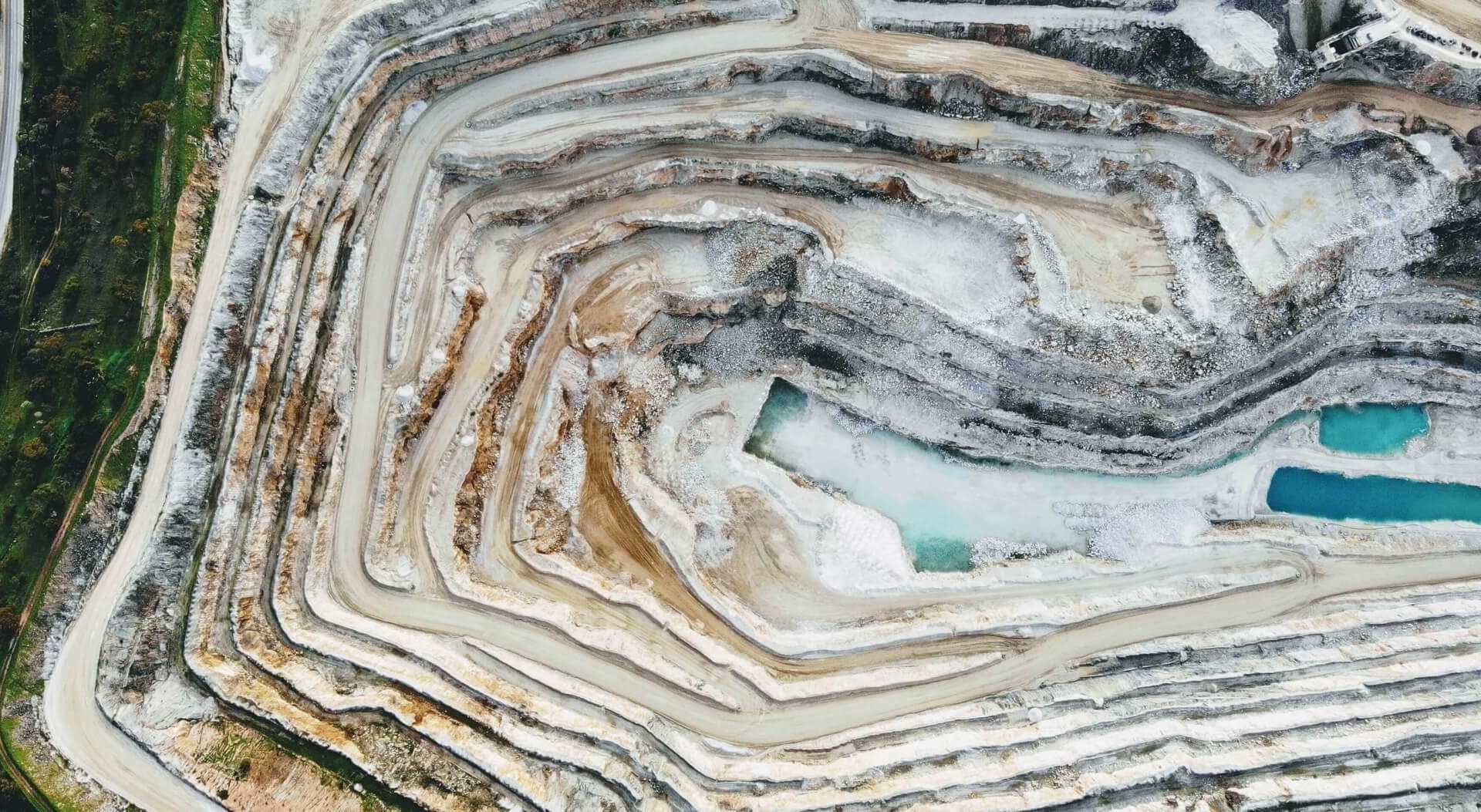An article written by Jamie Strauss (Digbee CEO); as featured in Dr Marc Faber's “The Gloom, Boom & Doom Report” (July 2019 edition)
I recall back in 2001 the enormous implications of Enron’s failure, even within my world as a generalist sales stockbroker – a term now truly buried in history! I subsequently made the decision to become a mining specialist. To specialise gives the impression of knowledge and experience, but having left school at 16 and not attending University hardly gives the requisite background to justify my new, rather arrogant, title. I had had some experience on a mining sales desk, including being part of the team to IPO Randgold Resources – but this was a sector seeking serious answers for the fraud and corruption which dominated its demise following the Bre X scandal and there were few supporters at the time!
It was these answers and my experience of the next 15 years that helped shape a new data and research platform, Digbee (thedigbee.com), which I launched earlier this year. In 2003, the securities regulators in the leading mining jurisdictions of Canada and Australia set up stringent reporting requirements in the form of 43-101 and JORC codes. These were designed to protect investors and covered the parameters of reporting both reserves/resources as well as economic studies in order to progress and finance a project. They have without doubt been a success in reducing fraudulent behaviour.
But despite the original intent to provide better and more transparent information, these reports now typically extend well beyond 400 pages (often close to 1,000!), cost tens of millions to prepare and are filled with such complexity that very few people are capable of interrogating the information to any real advantage.
Other than better policing of the sector to protect investors, what is the purpose of these reports if few can understand them? Imagine a funnel where thousands of data points and assumptions are fed into the top. When all that data is calculated an NPV and IRR pops out the bottom of the funnel. Brilliant, so long as the numbers achieve an acceptable hurdle, it will prove to the world that we have a positive economic study that will attract investors. But 4 out of 5 mines that progress into development exceed their budgeted development cost by an average of over 40% – usually leading to devastating consequences for the shareholders.
So there is a missing link… and it can be found at the top of the funnel. We need to better understand the inputs and assumptions made, improve the transparency of the available data and become more flexible in adapting decisions to mitigate risk in mining development even if it results in higher capital or operating cost.
Having witnessed the wide scale collapse of traditional risk capital to the sector in the last decade, we have seen much of this void filled by sophisticated investors. New groups include private equity, royalty/streaming finance and other strategic investors – what is common to ALL, and very different to their predecessors, is their detailed due diligence process before every investment. The complex reports I mentioned above, unreadable to most, have become the source of the principle data required by these new investors to validate any investment decision.
How can a private equity group or the plethora of institutional investors verify and validate the technical due diligence now required before an investment decision is made. Investment bank research, the stalwart of analysis for decades, has failed to keep up with the transformation and needs of investors. Access to Mining Consultant groups has become commonplace but they are expensive and time consuming – too often being beyond the reach of most funds.
Mining companies, keen to acquire or partner in assets held by the junior companies, all too often get bogged down by internal departments competing over the process of due diligence – leading to delays or botched decisions.
Digbee, will solve this and open the sector back up to a large and growing audience. Through its expert network of accredited mining professionals, it will provide independent and objective analysis, in plain language, of any mining economic study published in full. The business model incentivises the expert community to share its knowledge through mutual distribution of revenue.
Change should not be feared but embraced. The weight of money now deployed by sophisticated investors within this sector is a force for good, it improves practices while more efficiently separating out the projects that should (and should not) progress. But in order for this to evolve beyond benefitting the few and encourage greater investment we must reduce friction. Due diligence is expensive and time consuming and as a result it has been limited to a small number of investors. The opportunity to improve the process, bring thousands of accredited experts into the fold, reduce the cost and widen the reach is now available.
The world has transformed in the last 20 years but I am constantly surprised by the lack of action taken to improve the many aspects of mining that so desperately needs an overhaul. Given the overwhelming requirement to improve capital discipline and outcomes within the sector, how is it possible that we have made management and investment decisions even more complex in recent years when the data has become more available?
Mining is here to stay, above all it provides the resources to power our new world of sustainability but it suffers from poor public perception, often for very good reason. We need to radically improve this internally, but the leadership by some of the larger companies is often overshadowed by the lack of action elsewhere. Digbee’s strength lies in the ability to bring all parts of the industry together, to improve transparency and find solutions, to strengthen due diligence and ensure we accelerate transformation for the benefit of all participants.


